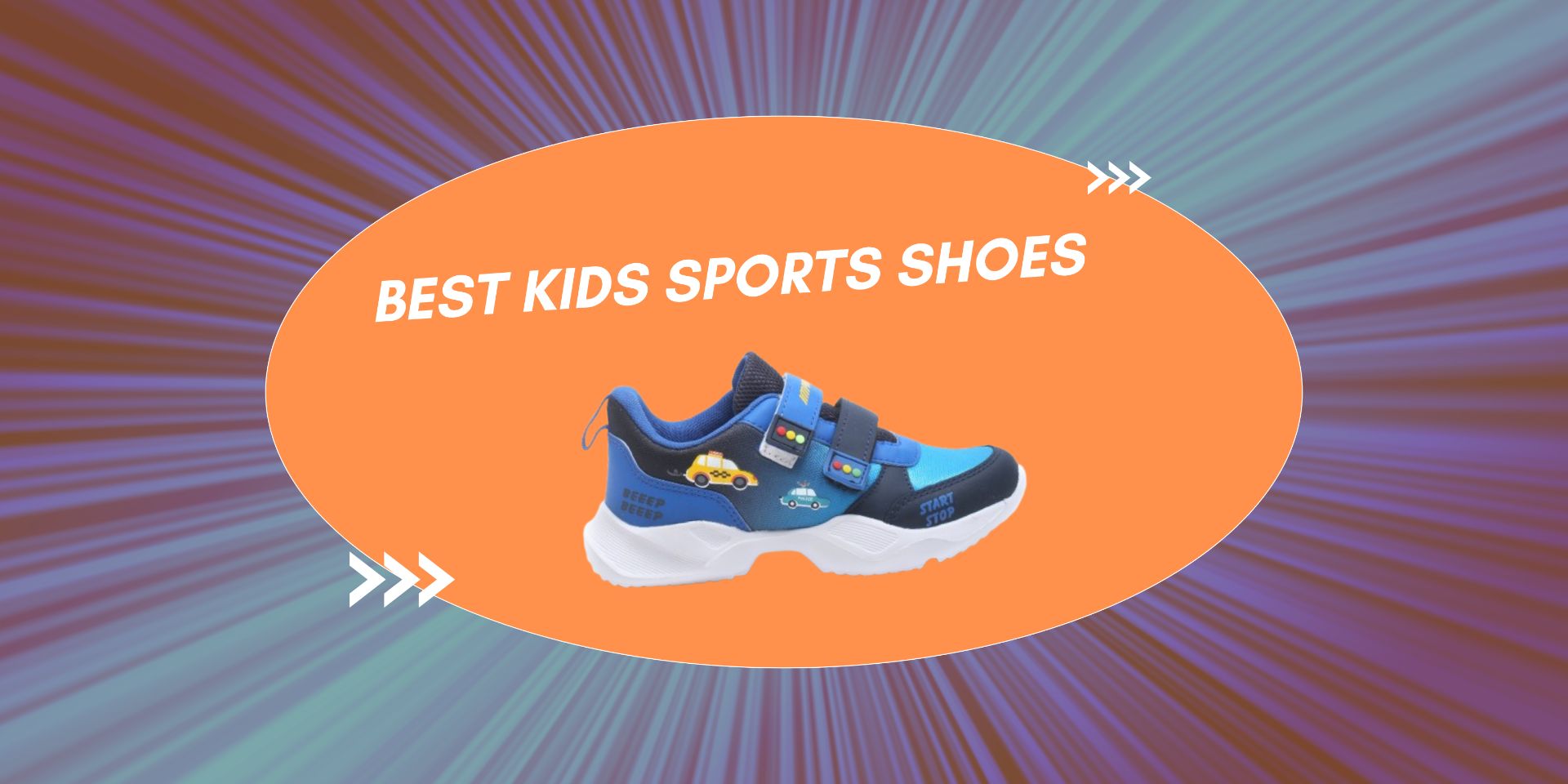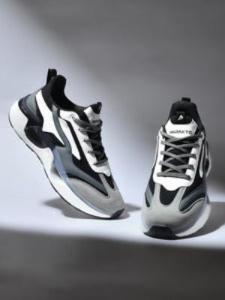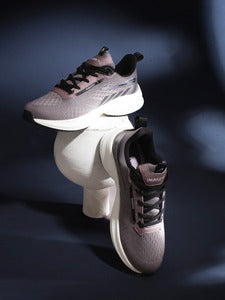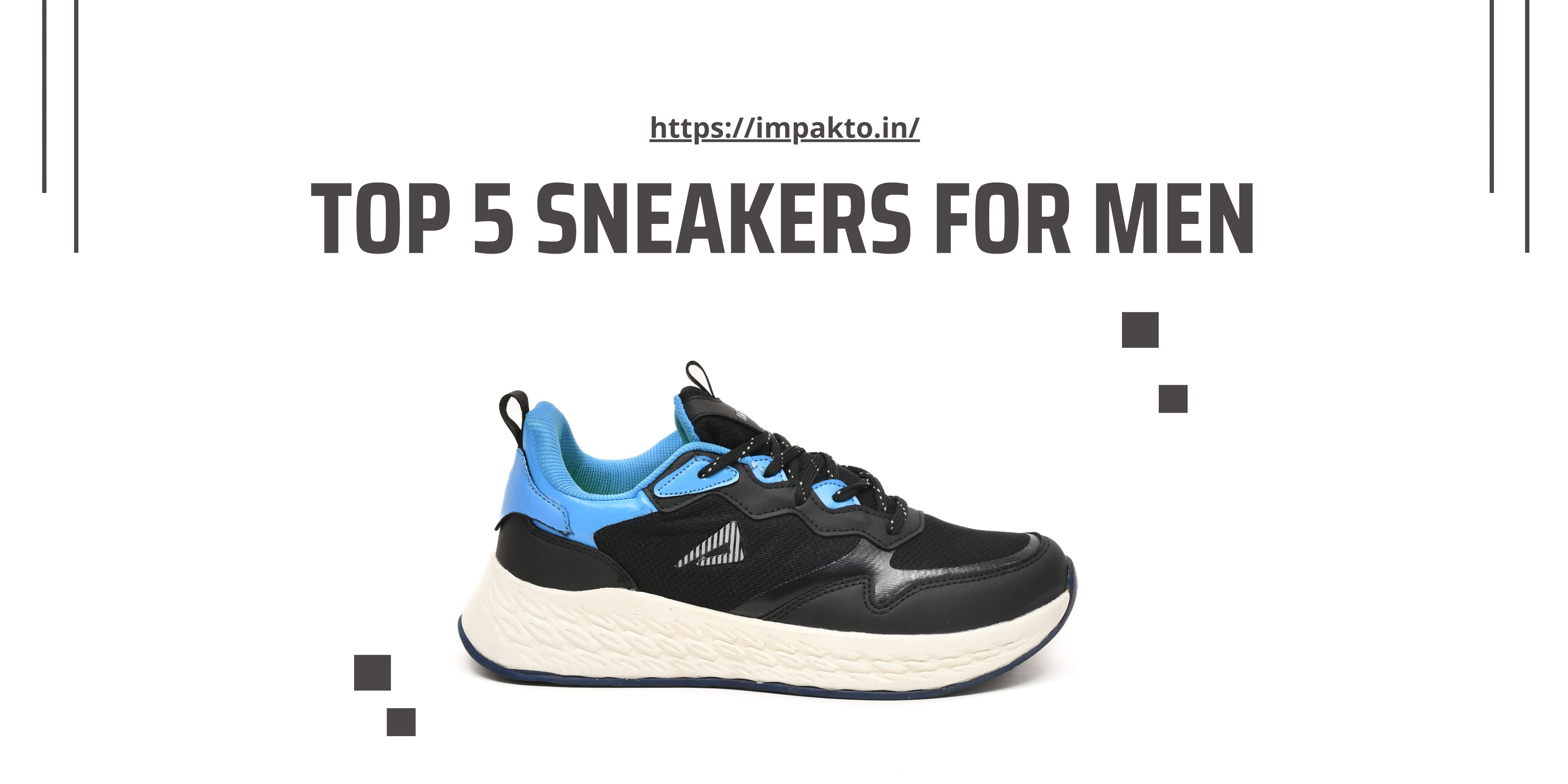How to Choose Durable and Comfortable Kids Sports Shoes

Honestly speaking, finding the perfect sports shoes for kids feels like a bit of a challenge.
We have to consider many factors before finally buying the right sports shoes for kids. They spend hours wearing shoes at school, on the playground, and during various activities that put their shoes to the test.
So as parents, we need to ensure that the footwear we choose for our kids is durable, comfortable, and well-suited for their active lifestyles.
For you to make an easier decision we have compiled a practical guide that covers everything you need to know while choosing a good pair of sports shoes for kids. Trust us, your kids (and their feet) will thank you later!
Why Do Kids Need the Right Sports Shoes?
Well you know kids, they are constantly on their feet, running, jumping, hooting, and playing around throughout the day and from school hours to play time their shoes will have to keep up.
Ill-fitting or poorly made shoes can lead to discomfort, blisters, and in some cases long-term foot problems. You’ve probably seen how a kid lights up when they’re comfortable and confident in what they’re wearing, right? That’s why finding the right sports shoes for kids isn’t just important, it’s absolutely necessary.
Key Features to Look for in Kids' Sports Shoes
When shopping for sports shoes for kids, here are the things you need to tick off on your checklist:
1. Durability
You know how kids are. They drag their feet, kick things just for fun, and basically treat their shoes like they’re indestructible. That’s why durability should be at the top of your checklist.
What to Look For:
Shoes with reinforced toes and strong stitching.
Materials like leather or synthetic mesh that last longer.
Abrasion-resistant soles to handle all that playground wear and tear.
2. Comfort and Fit
A proper fit is non-negotiable when buying kids' sports shoes. You wouldn’t want your child’s shoes to be too loose or too tight, so choosing the right fit is a must.
What to Do:
Keep a check on their feet once in a while as we know how quickly they grow.
Ensure there’s about a thumb’s width of space between the toes and the shoe’s front.
Check for cushioning and arch support to reduce excessive pressure on their feet.
3. Breathability
Kids aren’t exactly great at taking care of their shoes. They’ll wear them all day, sometimes even skipping the hassle of untying their laces. This means their feet are practically trapped in there for hours, and if the shoes aren’t breathable, things can get sweaty and, well, smelly.
What to Look For:
Shoes with breathable uppers made of mesh or perforated material to allow proper airflow.
Materials that keep their feet cool and prevent that dreaded sweat build-up.
4. Grip and Traction
We all know kids don’t stick to just one place. One minute they’re running on the floor, and the next, they’re climbing on rough outdoor terrain. This is where grip and traction become a best buddy.
What to Look For:
Grooved or patterned rubber soles are designed for all kinds of surfaces.
Anti-slip outsoles for those fast-paced games, especially if your kid frequently takes part in sports functions.
5. Flexibility
Have you ever bent a kid’s shoe to see if it moves naturally? If not, try it next time you’re shopping for kids' shoes. Flexibility is key to making sure their cute little feet can move the way they’re supposed to.
What to Look For:
Shoes that bend easily at the ball of the foot but stay firm around the heel.
6. Secure Fastening Mechanism
Most kids aren’t exactly pros at tying their laces. That’s why the fastening system needs to be secure but also manageable for them.
What to Look For:
Velcro straps for younger kids who need quick and easy solutions.
Properly fitted laces or a combination of both for older kids who are a little more independent.
7. Proper Heel Support
Poorly made shoes often skip these features, which can lead to discomfort, wobbliness, or even injuries over time. And I know nobody wants their child complaining about sore feet halfway through the day. So you should always look for shoes with proper heel support.
What to Look For:
A heel that’s slightly elevated to give proper balance and reduce pressure.
A well-structured heel counter to support their ankles.
Common Challenges Parents Face When Choosing Kids Sports Shoes
We face many challenges while buying sports shoes for kids because their feet grow quickly, budgets can be tight, and kids often already made up their minds about what they want.
1. Finding the Right Size
Kids’ feet grow so quickly! One day the shoes fit perfectly, and the next, they’re complaining their toes are squished. It can be hard to keep up.
What to Do: Measure your child’s feet every few months. Look for a fit that’s snug but not tight, with about a thumb’s width of space at the front. Always have them try the shoes on and walk around the store to make sure they feel good.
2. Balancing Cost and Quality
We’ve all seen cheap shoes that look cool, but then you wonder if they’ll last. Balancing what you spend with how long the shoes will hold up can be a challenge.
What to Do: Go for mid-priced shoes from trusted brands like Impakto. They’re usually more durable and supportive, saving you money and frustration in the long run.
3. Style Preferences
Kids often want shoes that look cool, maybe something with their favorite cartoon character or a trendy design their friends have. It can be hard to convince them to pick something practical.
What to Do: Pre-select shoes that meet your standards for comfort and durability but also look stylish. Give your child a few options to choose from, so they feel involved but within practical limits. This way, you both win!
Types of Sports Shoes for Kids
Understanding the different types of sports shoes can help you choose a pair that aligns with your child’s activities.
1. Running Shoes
Designed for forward motion, these shoes are lightweight with ample cushioning to absorb impact.
2. Court Shoes
Ideal for sports like tennis, basketball, and volleyball, court shoes provide lateral support and grip for quick direction changes.
3. Field Shoes
Used for outdoor sports like soccer or cricket, these shoes often come with studs or spikes for better grip on grass or pitch.
4. Casual Sports Shoes
Perfect for PE classes or general activities, these versatile shoes combine comfort with a sporty look.
Tips for Selecting the Best Kids Sports Shoes
Shop Later in the Day: Feet tends to swell slightly as the day goes on. Shopping in the afternoon or evening ensures a better fit that will stay comfortable throughout the day.
Bring Their Socks: Make sure your child tries on the shoes with the same socks they’ll wear for their activities. This helps you get a more accurate idea of how the shoes will fit.
Test for Flexibility: Bend the shoe at the ball of the foot to check if it’s flexible enough while making sure the heel stays sturdy. This ensures the right balance of comfort and support.
Inspect the Inside: Take a quick look inside the shoes. Smooth linings and minimal seams are important to avoid irritating your child’s sensitive skin.
Let Them Walk: Have your child walk or even run a few steps in the store. This helps you see if the shoes feel secure and comfortable while giving them a chance to test them out.
Budget-Friendly Options Without Compromising Quality
You don’t always need to splurge on premium brands to find durable and comfortable sports shoes. Many mid-range brands offer excellent features at affordable prices.
How to Maintain Kids Sports Shoes for Longevity
Buying a good pair of sports shoes is just the first step. Keeping them in good condition requires a bit of effort, but it’s worth it to avoid frequent replacements. Here are some practical tips:
Clean Regularly: Wipe off dirt and dust with a damp cloth. For deeper cleaning, use mild soap and water. This helps keep the shoes looking fresh and prevents material damage.
Air Them Out: After a long day of wear, let the shoes dry out in an open space. This prevents moisture buildup, which can lead to bad odors and bacterial growth.
Avoid Overuse: Rotate between two pairs of shoes if possible. This reduces wear and tear on a single pair and gives each pair time to recover between uses.
Replace When Needed: Check for signs of wear, like worn-out soles, reduced cushioning, or holes in the material. Replacing shoes promptly ensures your child continues to get the support and comfort they need.
Final Thoughts
That marks the end of this article. I hope that the next time when you go out to shop for a good pair of sports shoes for your kids, you’ll feel more confident in making the right choice. As a general thumb rule consider comfort and daily usage, and all of their notorious adventures!





